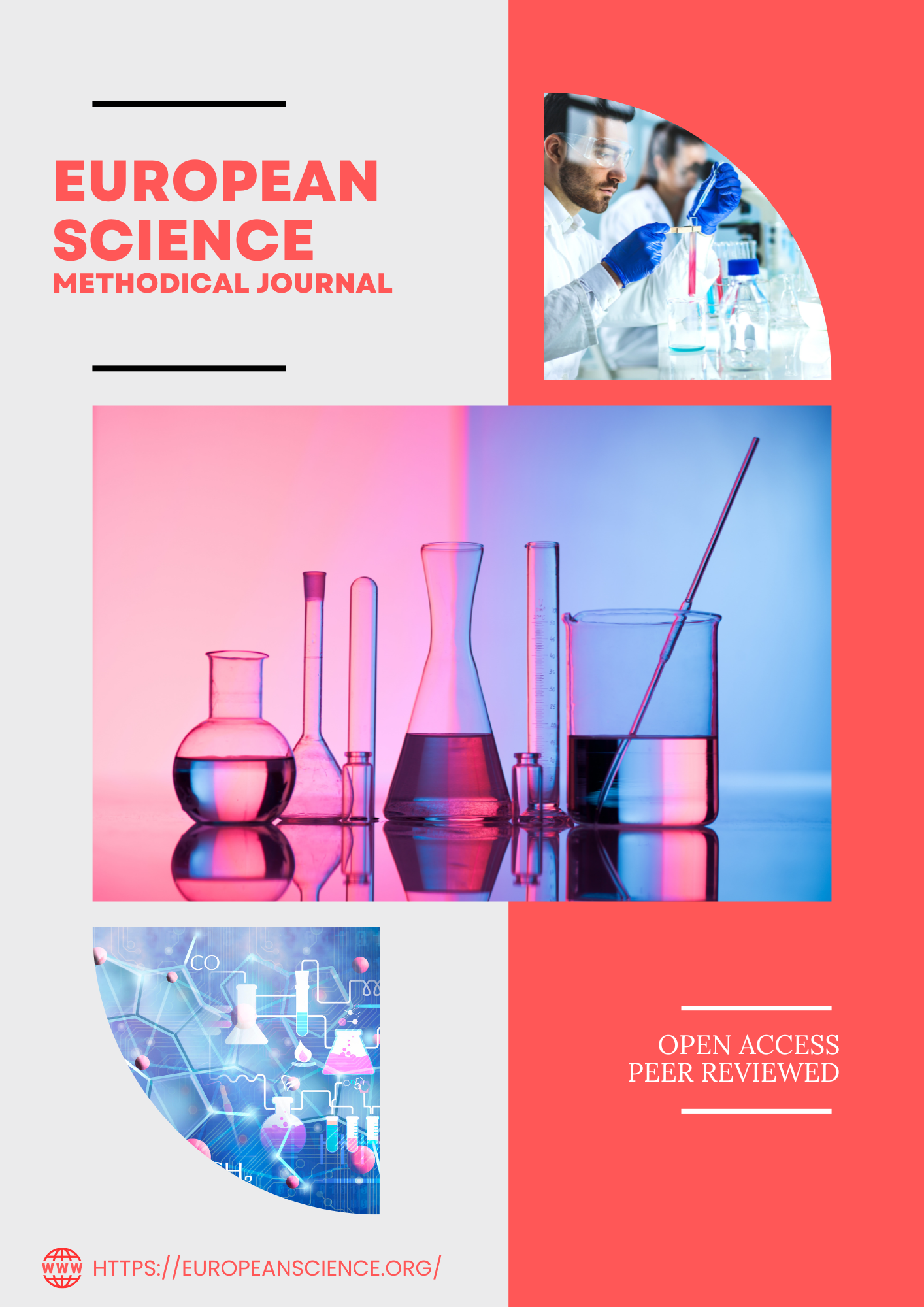OPTIMIZATION OF BINDING BUFFER ION FOR COMBINATORIAL SELECTION OF SSDNA APTAMERS FOR FLAVONOIDS
Keywords:
Binding buffer; aptamer; SELEX; flavonoids.Abstract
Aptamers are synthetic, single stranded oligonucleotides that bind with high affinity and specificity to molecular targets. Binding buffer, is an influential component in the combinatorial selection of an aptamer for effective interaction between aptamers and their target. This paper optimized the buffer composition requisite for the development of flavonoid aptamer using combinatorial chemistry procedure called systematic evolution of ligands by exponential enrichment technology (SELEX) and luteolin as a model. Influence of mono and divalent cations together with the ionic strength alteration via binding reaction between aptamer and luteolin under various buffer conditions were determined. Sodium was found to be more efficient ion in binding buffer than potassium. In the case of divalent ions, although magnesium revealed insignificant effect on binding affinity, it played a vital role in the binding stability. Furthermore, alteration in the ionic strength did not enhance the binding affinity. Sodium phosphate buffer was demonstrated to be effective for in vitro selection of ssDNA aptamer for luteolin and might be suitable for other flavonoids. It was established that by minimizing the buffer requirement towards the development of aptamer for flavonoids the cost and time consumption could be reduced considerably.
Downloads
Published
Issue
Section
License

This work is licensed under a Creative Commons Attribution-NonCommercial 4.0 International License.















